blog»Business Strategy»What Marketers Can Learn from Chewy’s Customer-Obsessed Growth Strategy
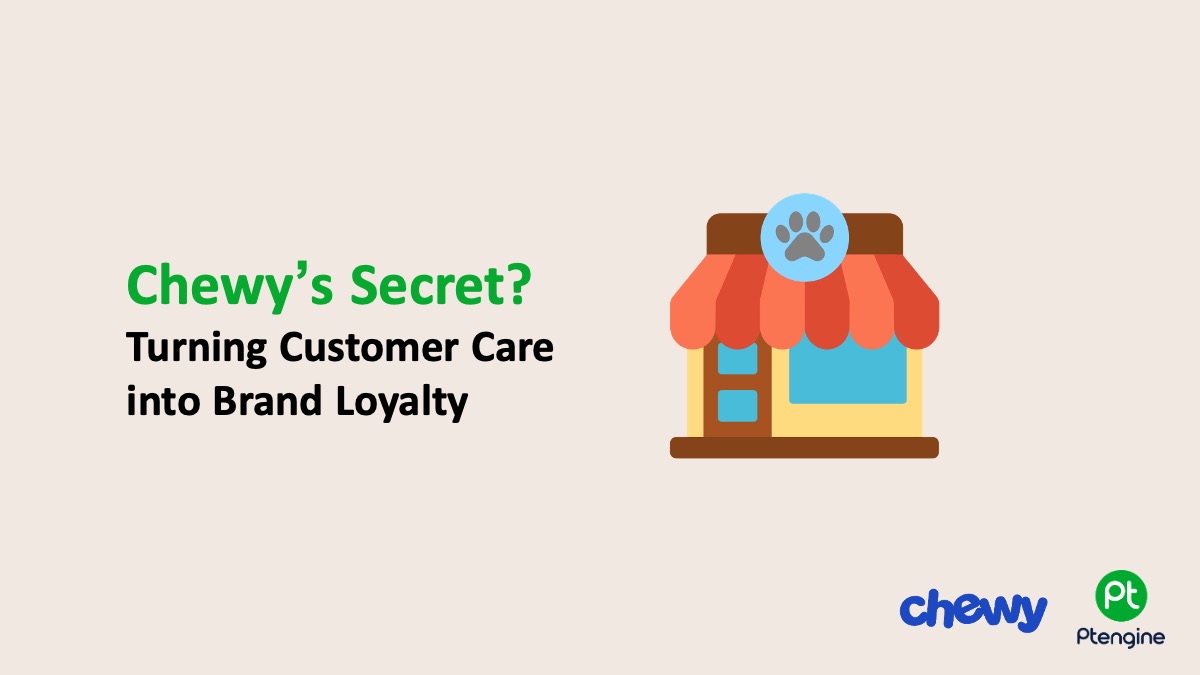
What Marketers Can Learn from Chewy’s Customer-Obsessed Growth Strategy
2025/05/06
You can read this article in about 12 minutes
Introduction
Most e-commerce brands try to win with speed, pricing, or aggressive ads. Chewy took a different route—and built one of the most loyal customer bases in online retail.
Founded in 2011, Chewy entered a crowded market dominated by giants like Amazon. Instead of racing to the bottom on price, they focused on something Amazon couldn’t replicate: deep, emotional customer relationships.
Today, the Chewy marketing strategy is a blueprint for how brands can grow by caring more—through exceptional service, personalized touches, and post-purchase experiences that people actually remember.
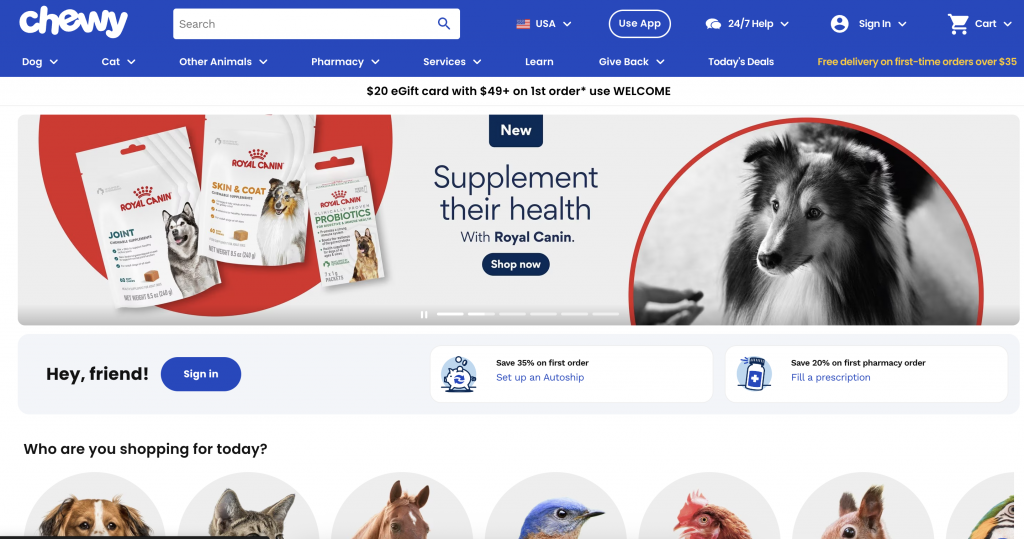
In this article, we’ll break down what makes Chewy’s approach so effective and, more importantly, what you can learn from it. Whether you’re selling pet food, fashion, or furniture—these lessons apply.
Let’s take a closer look at how loyalty became Chewy’s real growth engine.
1. Winning With Customer Service, Not Discounts
Chewy didn’t build its reputation on flashy sales or fast shipping—it built it on how it treats people. Customer service isn’t just part of the brand—it is the brand.
From handwritten holiday cards to sending flowers when a pet passes away, Chewy has become known for going the extra mile. These small but powerful gestures have gone viral countless times, turning ordinary customers into lifelong fans—and brand ambassadors.
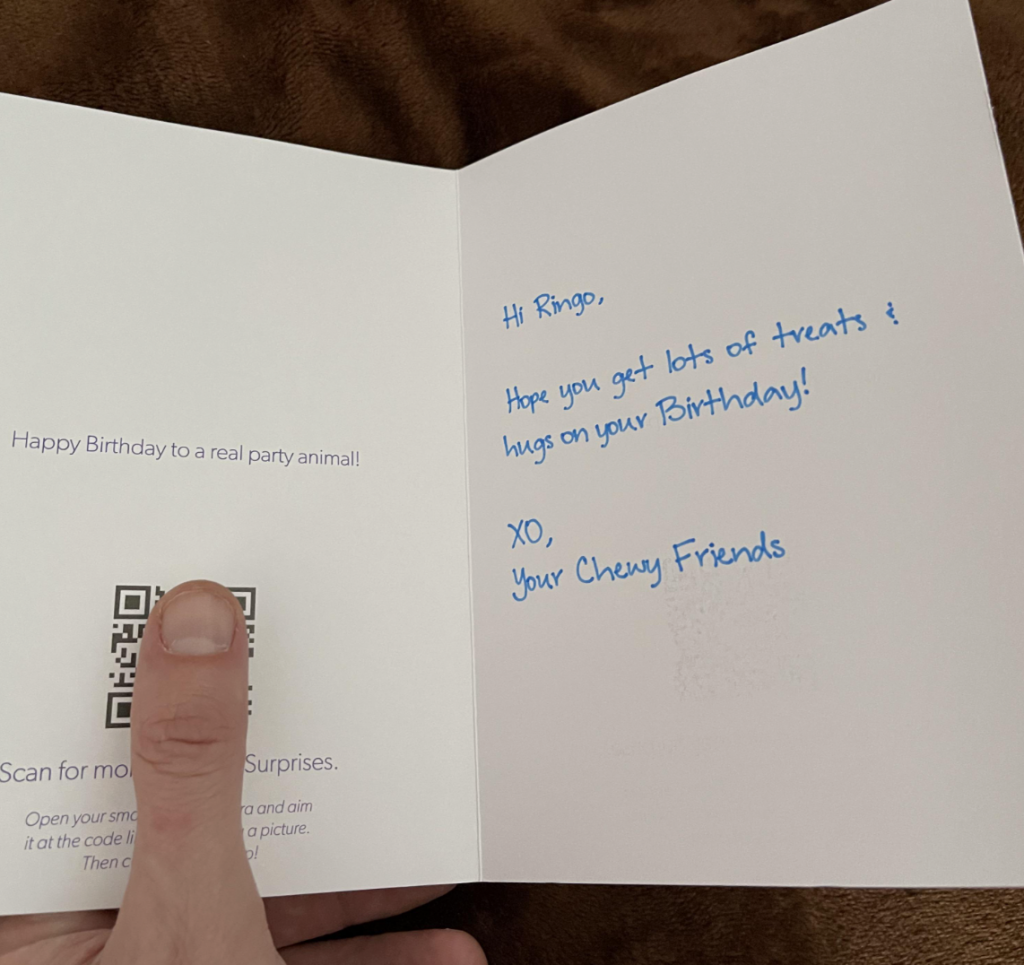
Even their 24/7 support team isn’t outsourced or robotic. It’s personal, fast, and human. If you’ve ever returned an order to Chewy, there’s a good chance they refunded your money and told you to donate the product to a local shelter. That’s not policy—it’s brand DNA.
What marketers can learn:
- Customer service is more than solving problems—it’s an extension of your brand voice
- Investing in real human connection creates shareable moments (and loyalty money can’t buy)
- You don’t need to compete on price when you compete on care
In a world of automation and cold transactions, Chewy proves that warmth still scales.
2. Personalized Post-Purchase Experiences
Chewy doesn’t stop at the checkout. In fact, that’s where their best marketing begins.
Once a customer places an order, they enter a post-purchase experience that feels thoughtful and personal. Emails and messages reference their pet’s name, not just the customer’s. Birthday cards show up in the mail—yes, for the pet. And reorder reminders are tailored to the products and timing that match each customer’s habits.
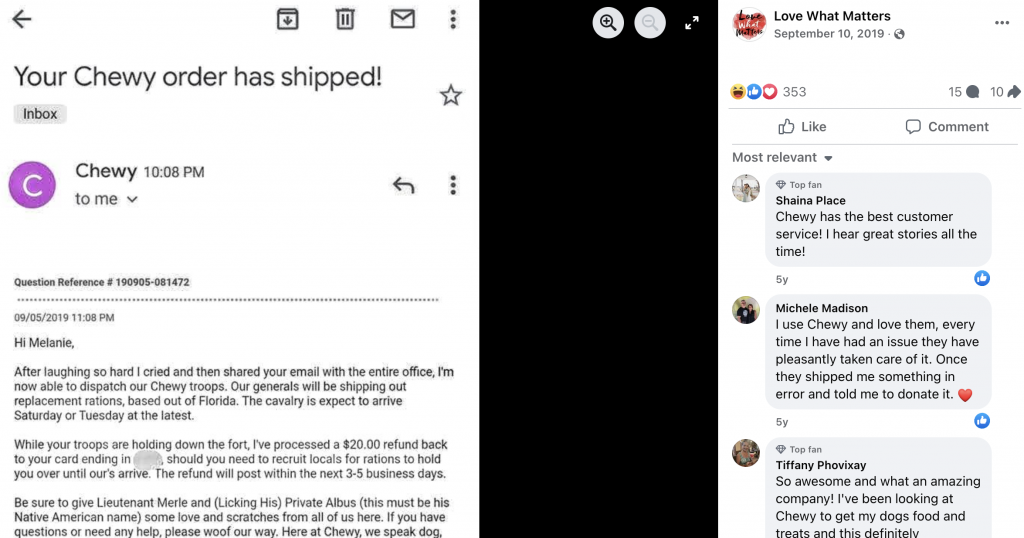
This level of personalization isn’t just cute—it’s strategic. Chewy knows that pets are family. By remembering small details and delivering friendly, relevant communication, they make customers feel seen, not just sold to.
Even their customer service team is trained to use pet names during calls. It’s a subtle shift, but it turns every support touchpoint into a relationship builder.
What marketers can learn:
- Personalization works best when it goes beyond “Hi, [first name]”
- Build systems that remember buyer behavior and preferences
- Use post-purchase emails to add value—not just push the next sale
Chewy’s approach shows that the real power of personalization isn’t automation—it’s making things feel human.
3. Building an Emotional Brand
Chewy sells pet supplies—but what they really market is love, trust, and empathy. They’ve built a brand that connects emotionally with their audience by understanding one key truth: pets are family.
From the tone of their website to the copy in their emails, everything Chewy does feels friendly, caring, and personal. Their brand voice is never pushy. It’s supportive, playful, and warm—just like a great pet owner.
They also lean into community and storytelling. Chewy shares customer stories, highlights rescue efforts, and creates content that celebrates the bond between humans and animals. It’s not just about products—it’s about purpose.
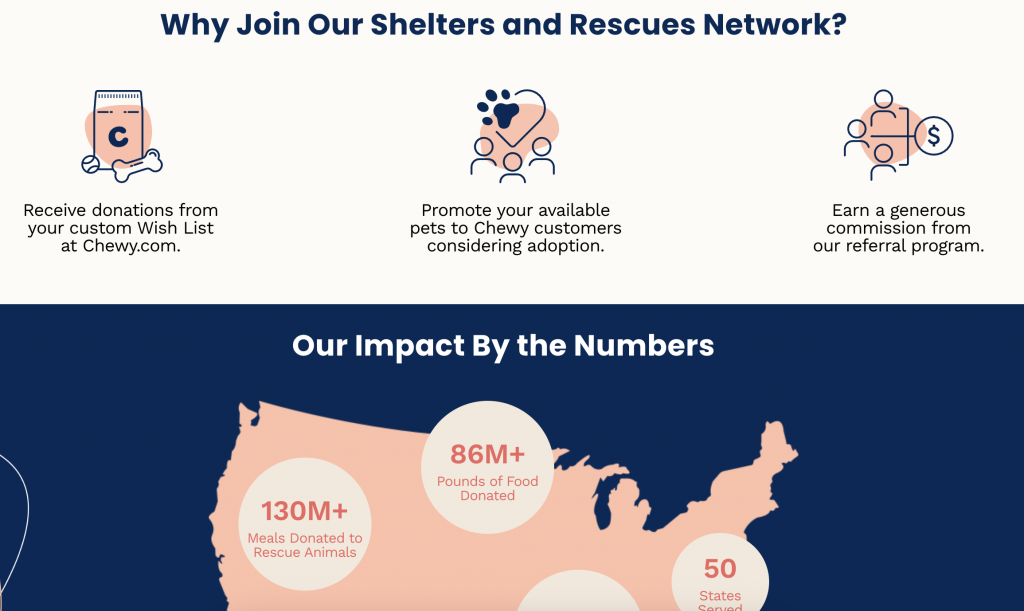
Even in their social media and ads, Chewy leads with emotion first, product second. You’ll see real pets, real customers, and messaging that taps into joy, comfort, and connection—not urgency or scarcity.
What marketers can learn:
- Emotional connection builds stronger loyalty than any promo code
- Use your brand voice to support and reflect how your customers feel
- Great marketing isn’t just about pain points—it’s about shared values
4. Seamless Repeat Ordering and Subscriptions
Chewy made it ridiculously easy for customers to buy again—and again. Their Autoship feature lets shoppers schedule regular deliveries of pet food, medicine, or supplies with full control over timing and quantity.
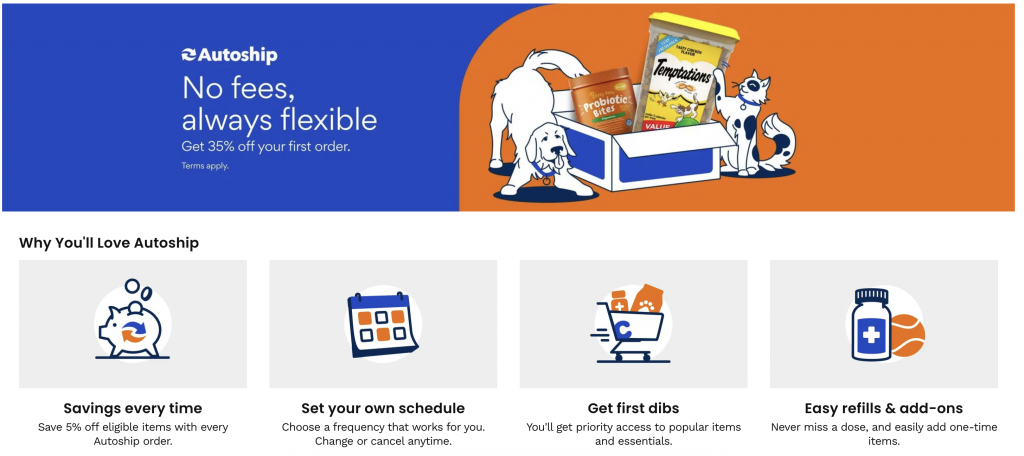
There are no confusing settings. Changing or pausing a subscription takes seconds. And if something goes wrong? A human is always there to help.
But it’s not just about convenience. Chewy builds in subtle loyalty touchpoints throughout the repeat order experience:
- Friendly reminder emails with pet names
- Gentle nudges to reorder based on typical timing
- Exclusive discounts for repeat buyers or Autoship users
All of this reduces friction—and increases trust. Customers don’t feel like they’re being pushed. They feel like Chewy is just making life easier.
What marketers can learn:
- Subscriptions aren’t just about revenue—they’re about reducing decision fatigue
- Make reordering so easy that customers don’t even think about switching
- Use personalization in reminders to keep it helpful, not salesy
Chewy turned a transactional process into a retention engine.
5. What E-Commerce Marketers Can Steal From Chewy
You don’t have to sell pet food to learn from Chewy. Their strategy works because it focuses on what really matters: people.
Here’s what you can apply to your own store—no matter what you sell:
1) Focus on relationships, not transactions
Chewy invests in moments, not just clicks. Thank-you notes, personalized follow-ups, thoughtful packaging—small gestures that stick.
2) Make your post-purchase communication matter
Order confirmations and shipping updates don’t have to be boring. Use them to reinforce your brand voice, educate, and deepen trust.
3) Personalize beyond first names
Remember what your customers actually care about. Use their behavior, preferences, and purchase history to guide what you send next.
4) Remove friction from repeat purchases
If reordering or subscribing is annoying, people won’t bother. Make it feel seamless, optional, and customer-first.
5) Lead with empathy
Chewy’s magic is simple: they care. And it shows. If your support, emails, and marketing feel like they’re made by someone who actually likes their customers, people notice.
You don’t need a massive team or budget to apply these ideas. You just need to shift focus—from campaigns to connection.
6. Conclusion: Loyalty Isn’t a Tactic—It’s the Whole Strategy
Chewy didn’t outspend the competition. It didn’t build the fastest site or the lowest prices. Instead, it won by being the most thoughtful brand in the room.
The heart of the Chewy marketing strategy is care. They treat every customer like family and every order like an opportunity to build trust. That approach doesn’t just generate sales—it earns loyalty.
In a space where brands are constantly chasing attention, Chewy proves that retention is where the real magic happens. And it’s built with simple tools: human service, emotional copy, personalized moments, and a consistent brand voice.
If you’re an e-commerce marketer looking for growth, maybe the answer isn’t more ads or new traffic. Maybe it’s just… treating the customers you already have a little better.
Because when your brand feels human—people come back.